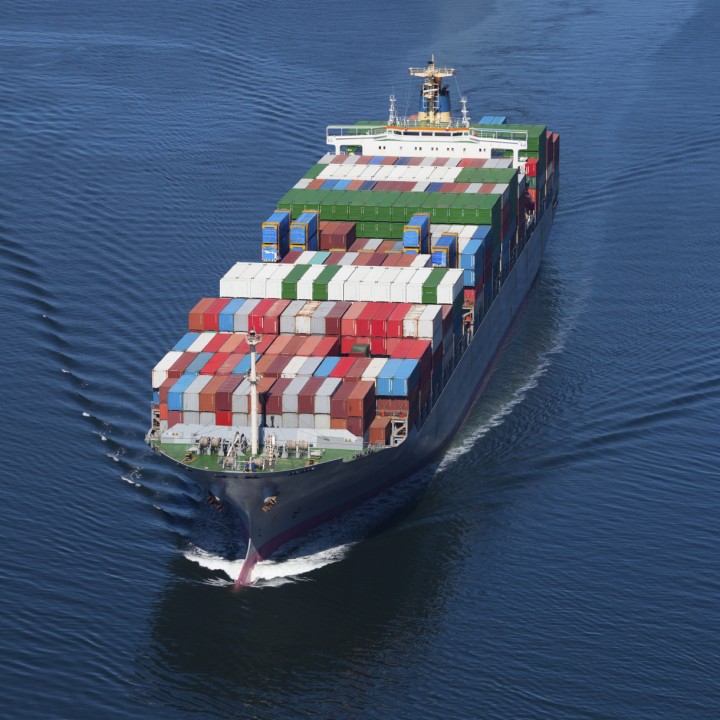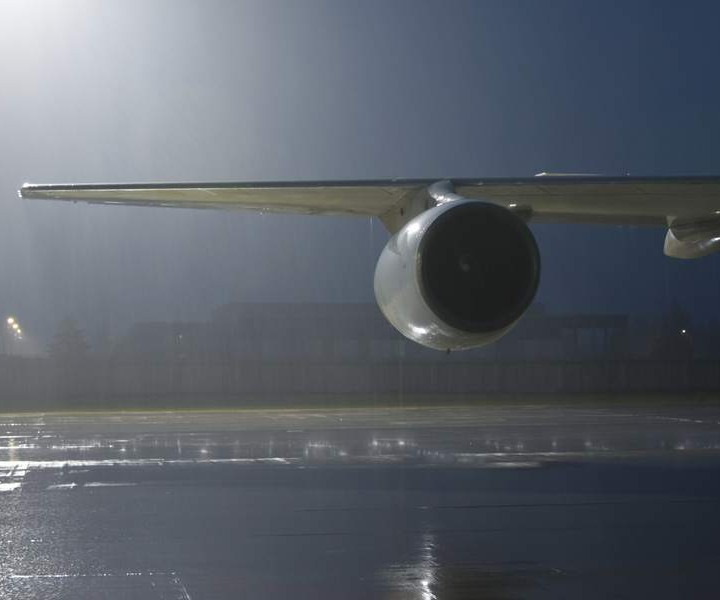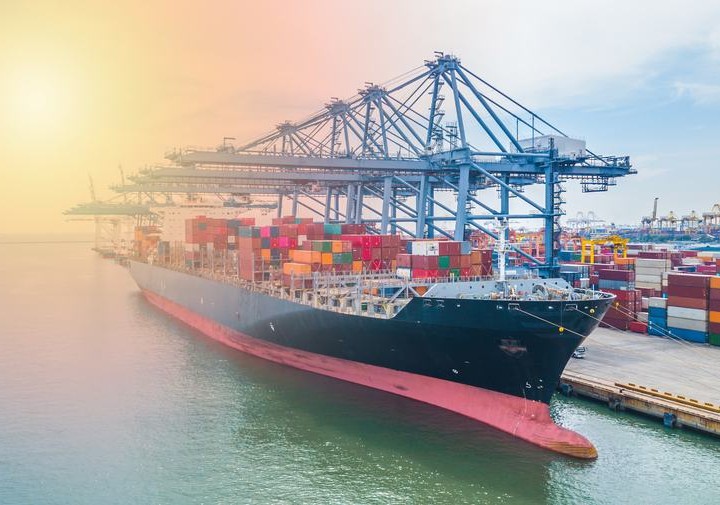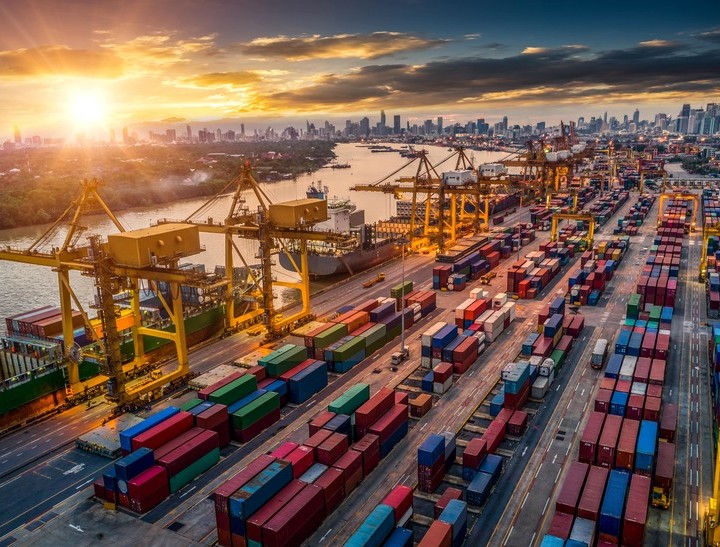In today’s global economy, fast and reliable shipping plays a key role in many businesses. That’s because 41% of customers say they hoped for same-day delivery, while nearly 25% expect to receive their packages within two hours.
That forces companies to continually seek the most efficient and cost-effective shipping methods to transport their products. It is a nerve-wracking undertaking, considering 69% of consumers will not return if you do not deliver a package within two days of the delivery date.
Two of the most popular options for international freight transportation include air and sea freight shipping. Whichever one you pick will depend on your business’s unique needs, so here’s a look at their benefits and downsides.
Air Freight Shipping
These are the pros and cons of using air freight shipping:
Pros
Speed
Of all the shipping methods available, air freight shipping is the fastest. Goods often reach their destination within a couple of days of departure. It is the best option for urgent and time-sensitive goods.
Security
It is a secure shipping method because of the strict security measures at airports. There is a lower risk of theft and damage to goods than other shipping methods.
Reliability
Unforeseen emergencies aside, like severe bad weather, most airlines are highly reliable with regard to their arrival and departure times. That makes it easier for companies to confidently lay out a shipping schedule.
Accessibility
Air freight is available to many destinations globally, including hard-to-reach, remote areas.
Little need for warehousing
Because air freight offers quick transit times, there is a reduced need for local warehousing. Airlines have efficient cargo handlers and customs clearance officers who ensure cargo clearance within hours.
Easy tracking of goods
Most air freight service providers offer clients a way to track their goods in real-time and correctly estimate their arrival.
Cons
Cost
Because of the speed, fuel, tight security measures, and costly fuel and maintenance costs, air shipping is expensive.
Size and weight restriction
Because there’s a limit to what planes can carry, airline companies often have strict weight and size restrictions. Air freight shipping is not suitable for larger or heavier shipments.
Subject to delays or cancellations
Cancellations often happen due to choppy weather.
Sea Freight Shipping
Here are the pros and cons of sea freight shipping:
Pros
Cost
This is the most affordable shipping method for large shipments.
Eco-friendly
More environmentally friendly than air freight shipping. Ships have lower carbon emissions.
Capacity
A large carrying capacity makes sea shipping the best option for heavy cargo.
Cons
Speed
Sea freight shipping takes longer than air shipping. Goods typically take weeks to arrive at their destination.
Accessibility
It’s not readily available to all destinations, specifically landlocked areas far removed from major ports.
Risk of damage
Goods transported using sea freight are susceptible to damage from water and salt, especially during rough weather conditions.
Difficulty in tracking
It is easier to track goods shipped by air than those shipped by sea.
In Finishing
Choosing a type of shipping greatly impacts your business. While air freight offers security and speed, it comes at a higher cost and has size and weight restrictions. On the other hand, sea freight shipping is more cost-effective and is perfect for bulky items, but it is slower.
When choosing a form of transportation, consider the needs of your business, the size, and the weight of the goods you need to transport.
Whether you need air or sea transportation, look no further than AMR Group. It doesn’t matter if it’s a small or large package; we’re a trusted name in the global freight forwarding industry that will get it to your preferred destination, domestic or internationally, in time and with zero failure.









